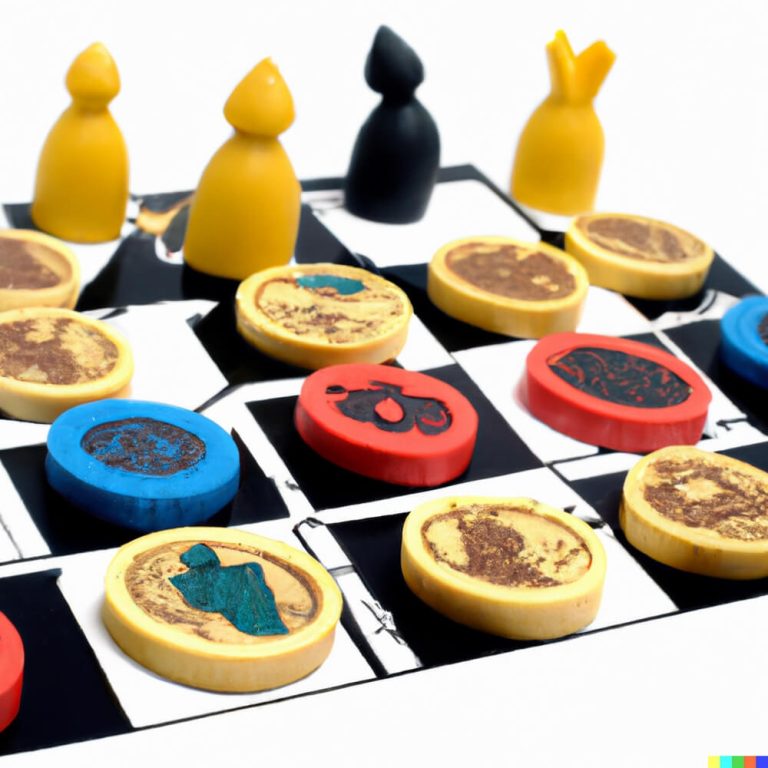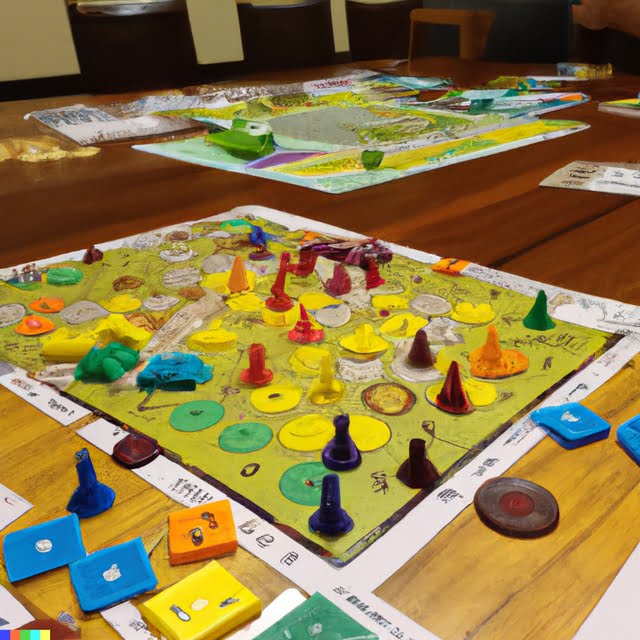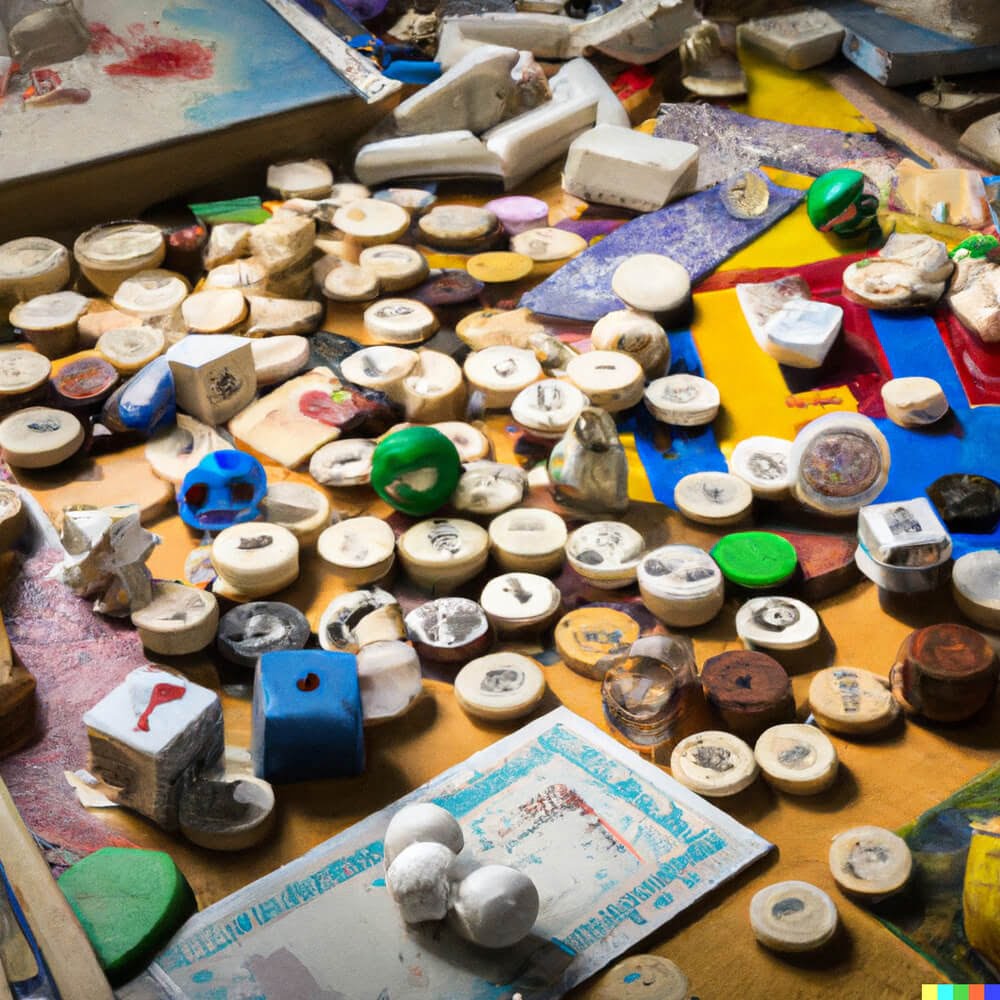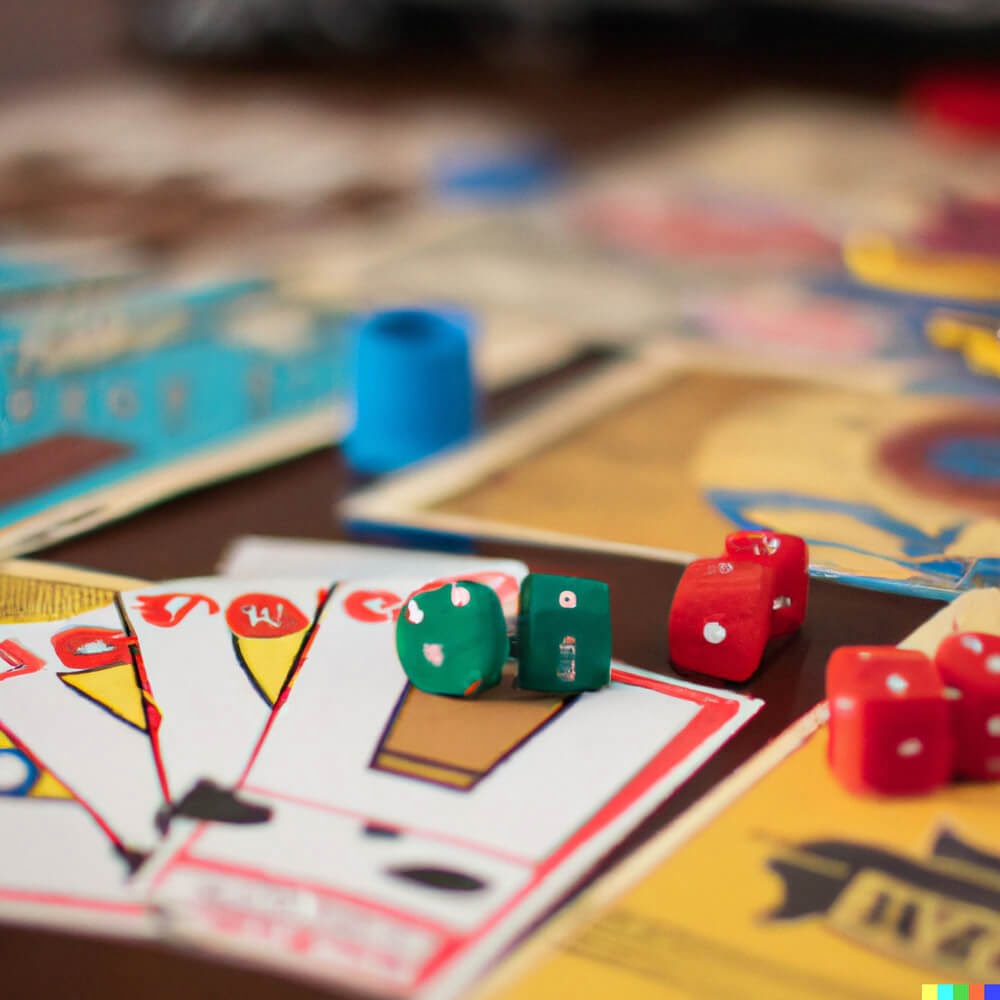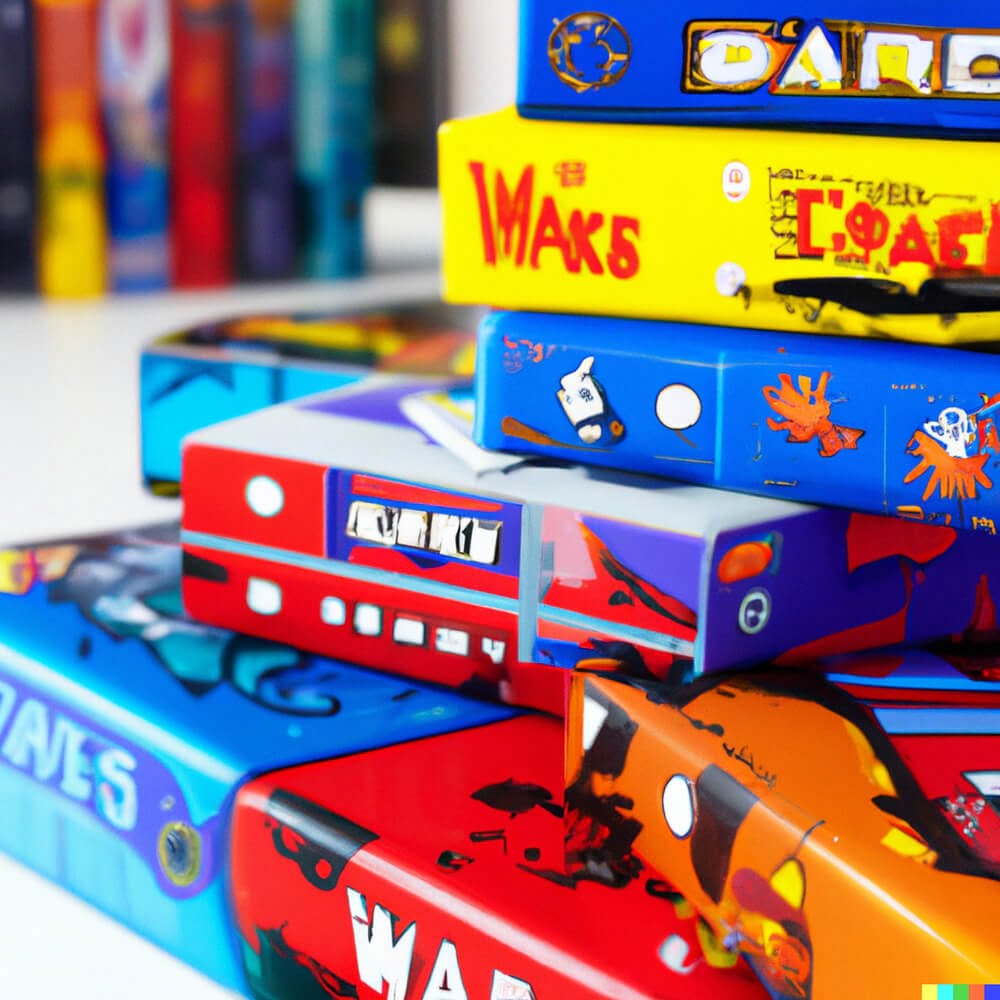Introduction
Making your own game board offers a unique set of benefits for people of all ages, from the creative process to the sense of accomplishment achieved when completing a project. People who make their own game boards can enjoy more control and creativity over the design, allowing them to create something totally unique that suits their individual needs or interests. Not only does it give people an enjoyable creative outlet, but it also acts as a reward for patience and perseverance. Through making their own game board, people learn essential skills such as problem-solving, critical thinking, and collaboration. Furthermore, the overall experience can be incredibly rewarding both mentally and emotionally.
In order to turn this great idea into reality though, it’s important to have a good understanding of what goes into making a successful game board. To start off with, there are several supplies that you’ll need in order to make your board. You’ll need to decide what materials you want to use for the main board ” wood usually works best ” along with pieces like pawns and dice to add decoration and playability. Different tools may be needed depending on the complexity of your project such as saws or drills; if you’re not familiar with these tools then it might be best to ask someone else for advice or assistance. Along with deciding which materials use will work best for you, coming up with ideas for how the board should look is often a difficult yet important part of making a good game board. Having visuals such as drawings can help you develop an idea that eventually you can carry out in real life.
Creating artwork by hand or designing patterns with markers can bring life to the overall look of your board while also letting your imagination run free! Once construction is done, choosing games that feel appropriate should be decided accordingly; this step is crucial yet oftentimes overlooked because at this point customizing would involve altering rules from pre-existing games as well as creating new ones completely from scratch! Finally it’s important to think about how many players your newly made game will require so everyone involved has enough fun without being overwhelmed by too much difficulty or confusion throughout gameplay!
Gather Your Supplies
When making a game board, you’ll first need to gather some supplies. Start by selecting a sturdy surface to serve as your base. You can use card stock or cardboard that is at least 11×17 inches in size. If you want your game board to be larger and more durable, consider using foam core or even the back of an old poster board. Next, decide on colors for the game board itself. You may want to keep it consistent with the color scheme you plan on using for your games pieces, cards, and other game elements. Once that’s done you’ll also need glue and scissors so you can assemble the different pieces. If you’re working with more intricate designs, find a cutting board and an X-Acto knife for any extra precision cutting needs. Finally, you may wish to purchase game markers, dice and other materials if they aren’t provided in the game instructions. Now that all of your supplies are gathered up, it’s time to start making the game board!
Designing Your Game Board
Before you can make your own game board, you need to come up with a theme for it. Take some time brainstorming and researching potential ideas before settling on one. Think about what kind of game you’d like to play, who the players will be, and what kinds of challenges the players should face. Alternatively, you could draw inspiration from existing board games or even classic literature or science fiction stories. Once you have a clear vision in mind, create an outline of how the game will work. This can include the mechanics of the game, such as how many turns each player has and how they score points, as well as ways to make it more engaging by introducing elements like story cards and challenges. Crafting a unique theme for your game is key for making it memorable and one-of-a-kind!
Preparing the Surface of Your Game Board
Preparing the surface of your game board is one of the most important steps in creating a high-quality finished product. Start by placing a sheet of sandpaper underneath the material you are working with and use an orbital sander to get an even, smooth surface. Use fine grit sandpaper to eliminate any additional bumps or ridges that may be present in your material. Afterwards, mark off specific parts of the board that you want to preserve and avoid sanding further. For example, draw a line around areas where components will be placed, like dice or pieces. Then go ahead and use a damp cloth to remove any dust particles so you can easily see the lines for cutting out these pieces. Once you have finished this process, wipe down your game board with a dry cloth and you’re ready to start building!
Building the Board
Building the game board requires a few tools and materials, such as plywood, saw blades, clamps, glue, sandpaper, primer, and paint. To begin the process, cut the plywood to the desired size using a jigsaw or handsaw with suitable blades. Once you have your pieces of plywood cut to shape, secure each piece together with appropriate clamps in order to fit them accurately. Next, apply copious amounts of wood glue on edges and corners of the joined pieces before clamping them shut for about 24 hours until dry. After 24 hours have passed it is time for sanding down all surfaces that have been glued shut in order to ensure a smooth finish. At this point we recommend priming the board with several coats to ensure durability and vivid color representation once painted. Finally we suggest mixing up paint colors based on whatever theme you wish for your game board before it is finished by detailing with acrylic and markers.
Adding the Artwork
Creating an attractive and engaging game board will help to bring the game to life for your players. Adding artwork to your game board can be an exciting and creative challenge that requires thought and planning. When done properly, the artwork you choose should touch on the theme or style of your game while also illustrating or hinting at different strategies needed to be successful in the game.
When selecting art for your game board, don’t be afraid to dream big! Consider using elaborate and intricate designs with a variety of colors and shapes that resemble symbols or icons from your chosen theme. If you find it difficult to come up with ideas yourself, consider looking through magazines, websites, or books for inspiration. Incorporating art into a game creates a visual aid that helps players quickly orient themselves and encourages them to become more engaged with their gameplay. Make sure you carefully select each element of artwork such as layout, font selection, images, textured patterns etc…to ensure a consistent design that resonates with your players after multiple uses.
Final Touches
Sealing: Sealing a game board will help protect it from dirt, dust and other natural elements. Make sure to use an appropriate sealant suitable for the surface of the board. Allow at least 24 hours for the sealant to dry before moving on to the next step.
Assembly: Depending on the scope of your project, assembly may involve adding pieces like spinners or tokens, setting up the board, or creating the box to hold all of your game pieces and components. Use any tools required according to instructions provided by materials and pieces used.
Personalizing:Have fun with this step! With a personal touch, you can use paints, stickers and markers to decorate your game board with interesting patterns or colorful images. You could also include your family name or nickname as a creative way of branding it as a part of your lineage.
Conclusion
Creating a game board can be a fun and rewarding DIY project. The steps involved require patience, but the payoff is worth it. First, gather the materials that you’ll need such as cardboard, markers or paint, and any game pieces necessary for your board. Next, create your board by drawing out the design on cardboard or poster board, cutting it out with scissors or an X-acto knife, and cleaning up any edges as necessary. Lastly, decorate your board using appropriate colors, images and other details to bring your vision to life! After completing all of these steps, you’ll have an exciting new game board perfect for playing with friends and family. With clear instructions to follow and ample room for creativity, making a game board can be one of the most enjoyable projects that you’ve ever done!

I love playing all kinds of games – from classics like Monopoly to modern favourites like Ticket to Ride.
I created this blog as a way to share my love of board games with others, and provide information on the latest releases and news in the industry.

